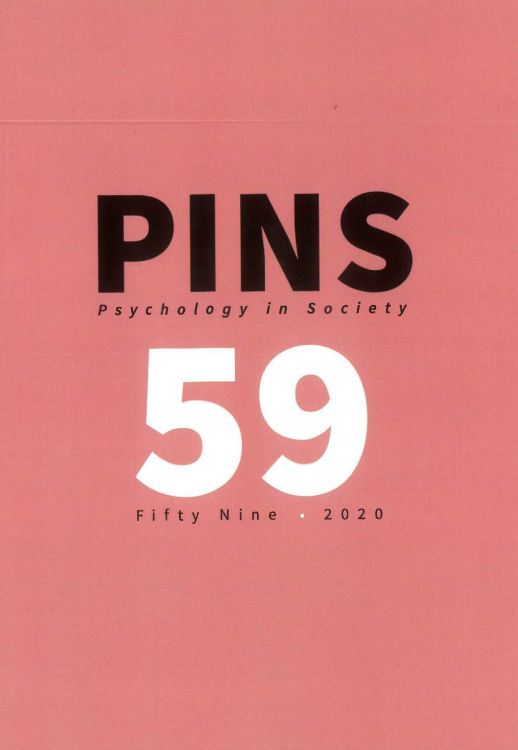Addressing five common weaknesses in qualitative research: Sticking feathers together in the hope of producing a duck
DOI:
https://doi.org/10.57157/pins2020Vol59iss1a5621Keywords:
qualitative research, qualitative methods, methodology, theoretical framework, academic writing, validityAbstract
This paper identifies a number of common conceptual and methodological weaknesses that crop up in qualitative social science research articles and theses. These weaknesses are: (1) conceptual frameworks with no implications; (2) conceptual frameworks which dominate findings; (3) generic technical jargon in methods sections instead of a transparent account of how the research and analytical decisions actually proceeded; (4) superficial and/or anecdotal results sections; and (5) an overuse of social science jargon that sometimes does not mean very much. Suggestions for improving on these weaknesses are made. It is argued that the validity of a piece of qualitative research is established through coherence among all sections of a paper or thesis – concepts, methods, and findings. The metaphor in the paper’s title conveys the point that simply including the right-sounding terminology or sections in a qualitative research article or thesis in the hope that this will, in and of itself, produce good social science is a strategy about as likely to succeed as sticking feathers together in the hope of eventually producing a duck!
Downloads
Published
How to Cite
Issue
Section
License
This journal is an open access journal, and the authors' and journal should be properly acknowledged, when works are cited.
Authors may use the publishers version for teaching purposes, in books, theses, dissertations, conferences and conference papers.
A copy of the authors’ publishers version may also be hosted on the following websites:
- Non-commercial personal homepage or blog.
- Institutional webpage.
- Authors Institutional Repository.
The following notice should accompany such a posting on the website: “This is an electronic version of an article published in PINS, Volume XXX, number XXX, pages XXX–XXX”, DOI. Authors should also supply a hyperlink to the original paper or indicate where the original paper (http://www.journals.ac.za/index.php/pins) may be found.
Authors publishers version, affiliated with the Stellenbosch University will be automatically deposited in the University’s’ Institutional Repository SUNScholar.
Articles as a whole, may not be re-published with another journal.
The copyright of the article(s) lies with the author(s).
The copyright of the journal lies with PINS-psychology in Society.
The following license applies:
Attribution CC BY-NC-ND 4.0 - https://creativecommons.org/licenses/by-nc-nd/4.0/

